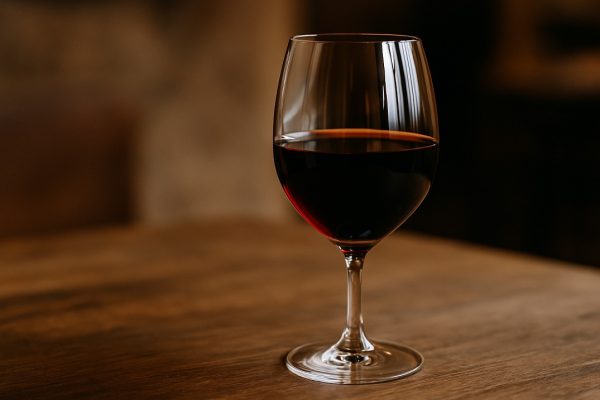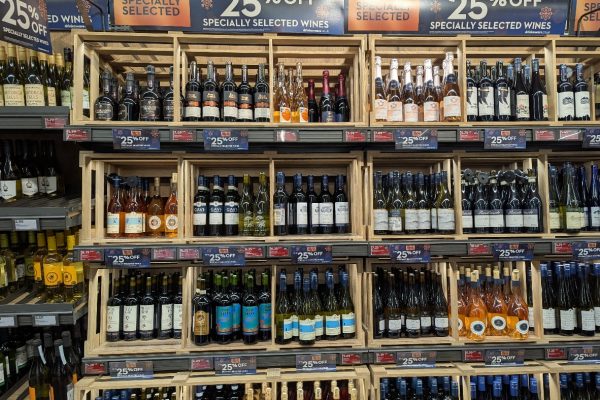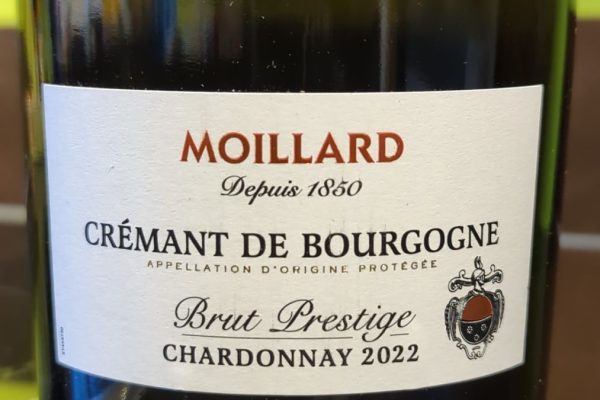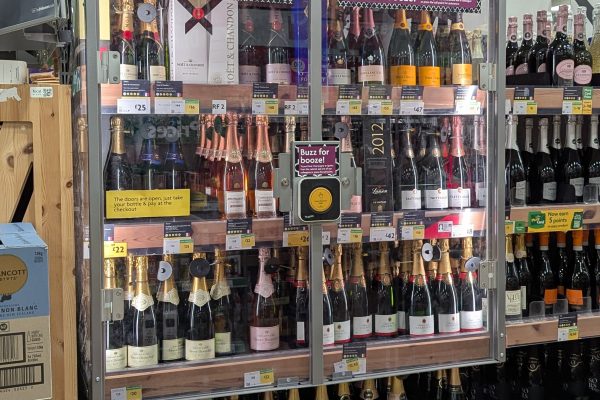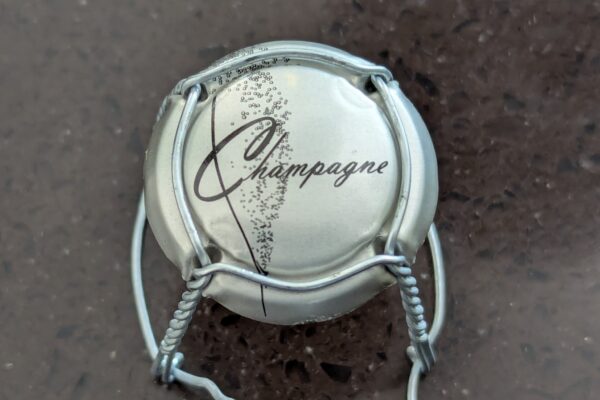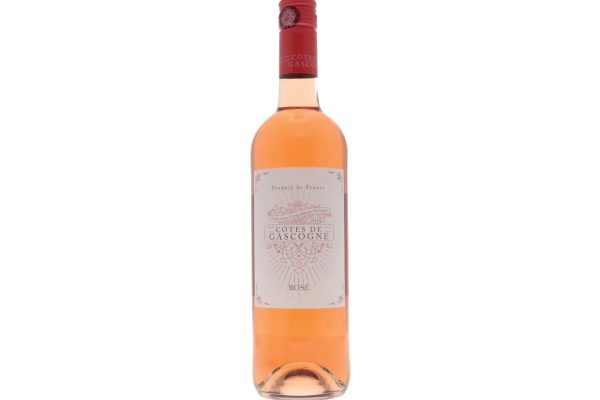In April 2025, I joined a virtual masterclass hosted by Ray O’Connor MW, ambassador for Vins de Provence. Aimed at trade and press, the session tackled the question: “Provence rosé: are they all the same?” and explored the breadth and diversity the region has to offer. Ray took us through the regions and sub-regions of Provence, looking into grape varieties, terrain, climate, relevant statistics and the pivotal role of the Centre du Rosé research centre. The educational element has its own article on Understanding Provence Rosé, while this write-up focuses solely on the tasting element of the session.
We sampled six wines spanning the three key appellations: Côtes de Provence, Coteaux d’Aix-en-Provence and Coteaux Varois en Provence.

The first was Les Selections d’Arts, Amour, Côtes de Provence 2024, a blend of Syrah, Grenache, Mourvèdre, Carignan, Cinsault and Rolle. This wine stood out for its roundness, with clean, fresh character and redcurrant notes. Available from Jascots at £17.39.
Next was Famille Ravoire’s Manon, Côtes de Provence 2024, comprising Grenache Noir, Cinsault and Syrah. It showed more fruit and aromatic lift than the previous wine, leaning towards strawberry. It was lighter and less rounded in texture. Imported by Producteurs et Vignerons de France, priced at £15.99.
Another Côtes de Provence example was Gassier SAS’s Gassier 2024, a blend of Grenache, Cinsault, Syrah and Vermentino. It offered a sweeter aroma and a pronounced mineral edge. While it currently lacks a UK importer, it’s available via Millésima at £20 per bottle (or £100 for a case of six).
From the Coteaux Varois en Provence appellation came Domaine de Fave’s Bastide de Fave 2024, made from Cinsault, Syrah and Rolle , notably without Grenache. This was my favourite overall. It had the most appealing aroma and a pleasing roundness on the palate, with fruit notes of peach and pear and a subtle almond nuance. Available via The General Wine Company at £15.99.
Then we moved to the Coteaux d’Aix-en-Provence with Domaine de la Brillane’s L’Espérance 2024. Made from Grenache and Syrah, this wine had a clean aroma and a saline-edged finish, offering good clarity of flavour. There is no UK importer currently, but it can be purchased from Vinatis for £13.42.
Lastly, we returned to Côtes de Provence with Les Maîtres Vignerons de Gonfaron’s Notre-Dame des Anges 2024. This blend of Grenache Noir, Cinsault, Syrah, Rolle and Clairette Blanc leaned more towards apricot than red fruit. It had good mouthfeel, a textured palate and very very slight tannins, suggesting more extraction and potentially better structure for food pairing. This wine also currently lacks a UK importer.
In summary, while the wine colour was broadly consistent across all wines, there was notable variation in mouthfeel and the red fruit vs stone fruit profiles. The examples from Côteaux Varois en Provence and Coteaux d’Aix-en-Provence showed slightly greater stylistic range. These are all premium rosés, and although positioned at the top end in quality, they are not unreasonably priced. In fact, they offered a level of nuance and expression that goes beyond many rosés I’ve encountered in retailer tastings.




